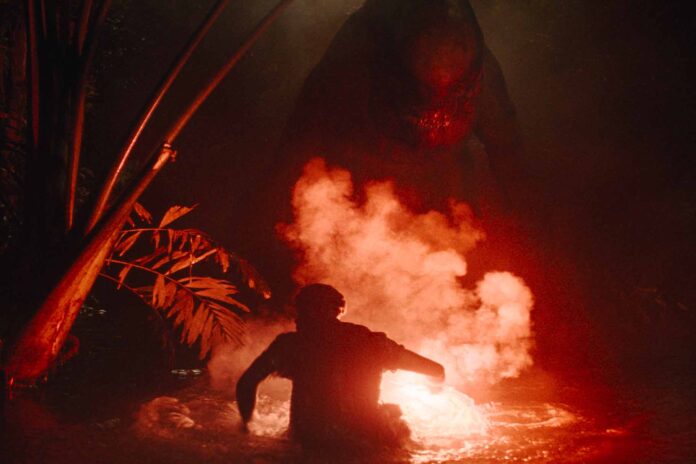If the Jurassic Park and Jurassic World films have taught us anything (including the newest film in the franchise, Jurassic World Rebirth), it’s that the prehistoric world was deadly. There are a wide variety of killer dinosaurs hiding behind every bush and around every corner, armed to the teeth and ready to rip you to shreds.
But large predators weren’t the only things to worry about during the age of the dinosaurs. Prehistoric insects had to contend with parasitic zombifying fungus, a new study finds.
Two new species of parasitic fungi uncovered in 99-million-year-old amber
Paleoophiocordyceps gerontoformicae and Paleoophiocordyceps ironomyiae are the names given to two newly discovered ancient species of paleocordyceps. They were found in fossilized amber, having infected an ant and a fly, respectively. Both species share traits with modern Ophiocordyceps, the famous zombie ant fungus that inspired The Last of Us.
Researchers analyzed the fossils using optical microscopes, looking both at the fungi and the insects they had infected. Then they used X-ray microcomputed tomography to build 3D models of the specimens to get a better look inside. From there, the team used their findings to figure out where these new species fit in the wider story of fungal evolution.
When scientists compared the characteristics of these ancient species with those of modern Ophiocordyceps, they found similarities and differences which connect them to the genus but clearly identify them as new species. Researchers suggest that Ophiocordyceps first showed up during the early Cretaceous (145 – 100 million years ago), around the time these amber fossils were formed. It may have begun by infecting beetles, before spreading to butterflies, moths, bees, and ants by the mid-Cretaceous. Today, there are many types of Ophiocordyceps, each one specialized to a specific inset species.
How parasitic fungi control their hosts to reproduce and spread
The most famous type of parasitic fungus is Ophiocordyceps unilateralis, commonly known as the zombie fungus. It begins innocently enough, not with a bite but with a spore landing gently on an ant’s exoskeleton. Using a combination of enzymes and pressure, the spore burrows through the ant’s exterior until it reaches the fleshy bits inside and begins to feed.
The fungal cells spread, replacing most of the ant’s body tissues, but leaving the most vital systems intact. The ant is still alive but it’s now under the control of an alien invader. It no longer pays attention to the pheromone signals coming from the rest of its colony and instead seeks higher ground. The ant finds a twig, stem, or tall blade of grass and begins to climb. When it’s high enough, it clamps itself securely in place with its jaws and dies.
It’s unclear precisely how the fungus takes control of the ant’s behavior, but the high ground gives it a better stage for the grand finale. In the end, a stalk erupts from the ant’s head, releasing spores into the environment where they can land on other ants and so on.
There’s little risk that Ophiocordyceps could make the jump from insects to humans. Most fungal species, including Ophiocordyceps, can’t survive the sweltering temperatures of the human body. That’s fortunate for us, because given 100 million years of consistent success, they probably aren’t going anywhere.
You can catch Jurassic World Rebirth in theaters right now; get tickets here! Catch up on the Jurassic Park and Jurassic World trilogies, now streaming on Peacock.








